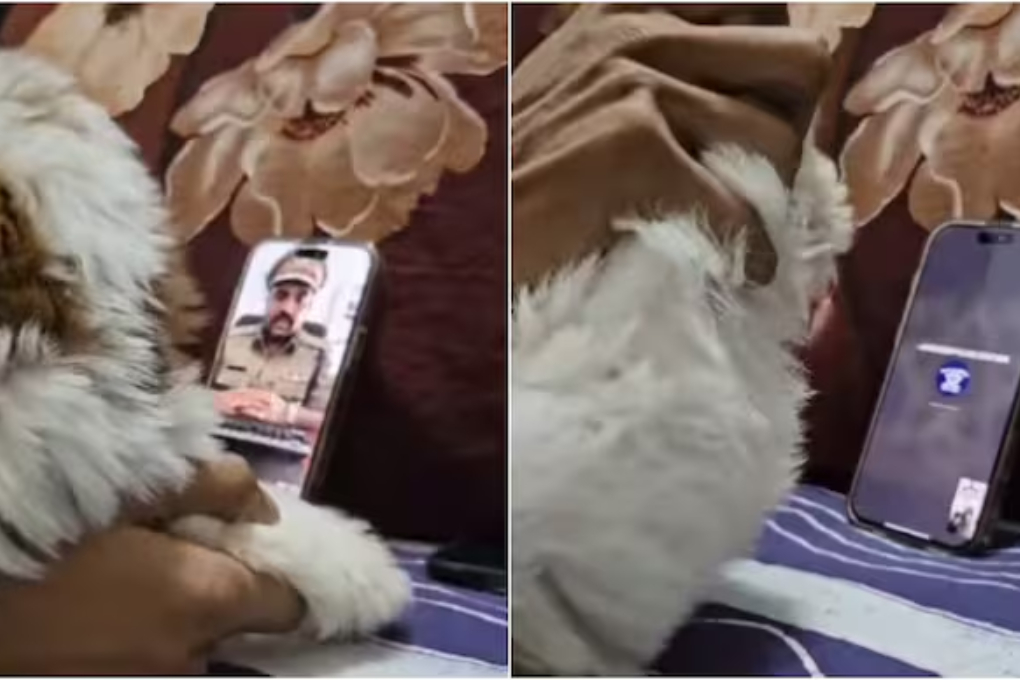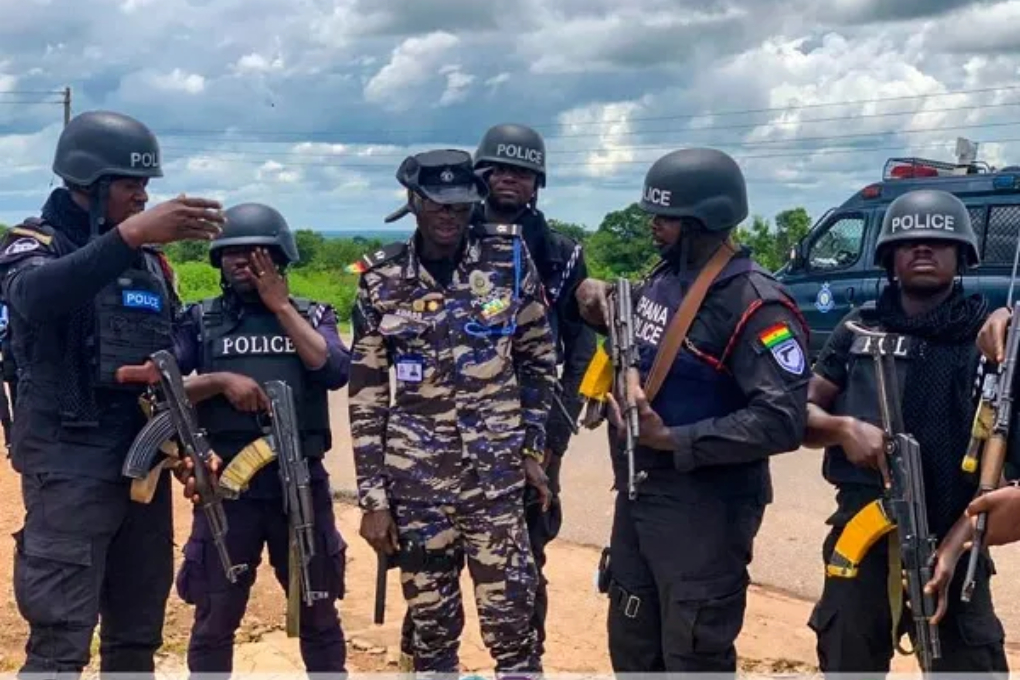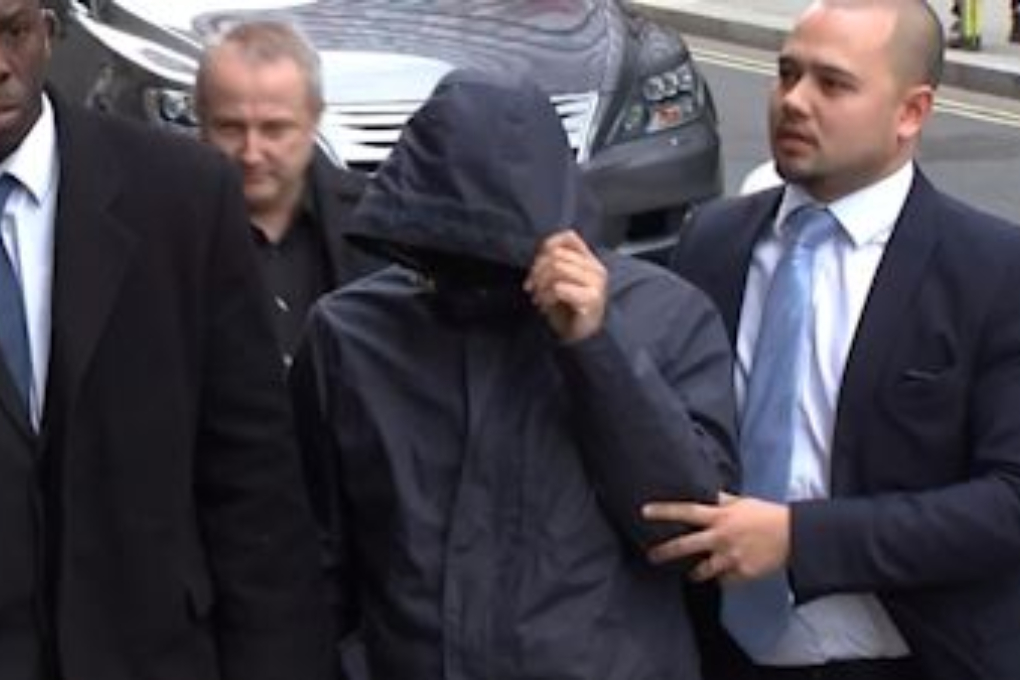Video footage from police body cameras and dashcams is often seen as a clear record of what happened during an incident. Many people trust these recordings to tell the full story. However, video evidence is not always as straightforward as it seems. There are several ways it can be altered, sometimes making it hard to know what really took place.

Ways Video Evidence Can Be Changed
One common method is cutting out certain frames or sections of the video. By removing a few seconds here and there, important actions might be hidden, or the timeline of events can be changed. This can make a situation look very different from how it actually happened.
Another trick is to blur or cover up parts of the video. Sometimes, faces or license plates are hidden for privacy, but this same method can be used to hide key details or protect someone who should be identified.
Lighting and shadows can also be adjusted in a video. By making a scene brighter or darker, or by changing the contrast, it’s possible to hide things in the background or make some actions less visible. Even small changes in lighting can affect how viewers interpret what they see.
More advanced editing involves combining pieces from different videos to create a new scene. This process, called compositing, can make it look like events happened together when they did not, or remove people and objects from the footage altogether.

In recent years, technology has made it possible to create deepfakes—videos where faces or voices are changed using computer software. These edits can be very convincing and make it appear as if someone did or said something they never actually did.
Why This Matters
If video evidence is tampered with, it can lead to serious mistakes in court. Missing footage might hide critical moments, and blurred images can prevent the truth from coming out. Even stretching or shrinking a video can change how people and actions appear, which may confuse those trying to understand what happened.
Spotting Tampered Videos

Finding out if a video has been altered is not always simple. Forensic experts use special tools and slow-motion reviews to look for signs of editing. However, as editing software becomes more advanced, it gets harder to catch these changes. Sometimes, even poor video quality or compression can accidentally hide or create details, making the job even more challenging.
Why Expert Review Is Important
Because it’s so easy to change video evidence, it’s crucial for courts to rely on experts who know what to look for. Judges and juries may not have the technical knowledge to spot subtle edits, so expert analysis is essential to make sure the evidence is trustworthy.
Police video can be a valuable tool for finding the truth, but it’s not foolproof. Understanding how footage can be changed helps us remember to look a little deeper before accepting what we see at face value. Careful review and expert input are key to making sure justice is truly served.


